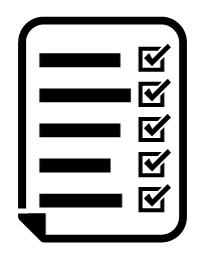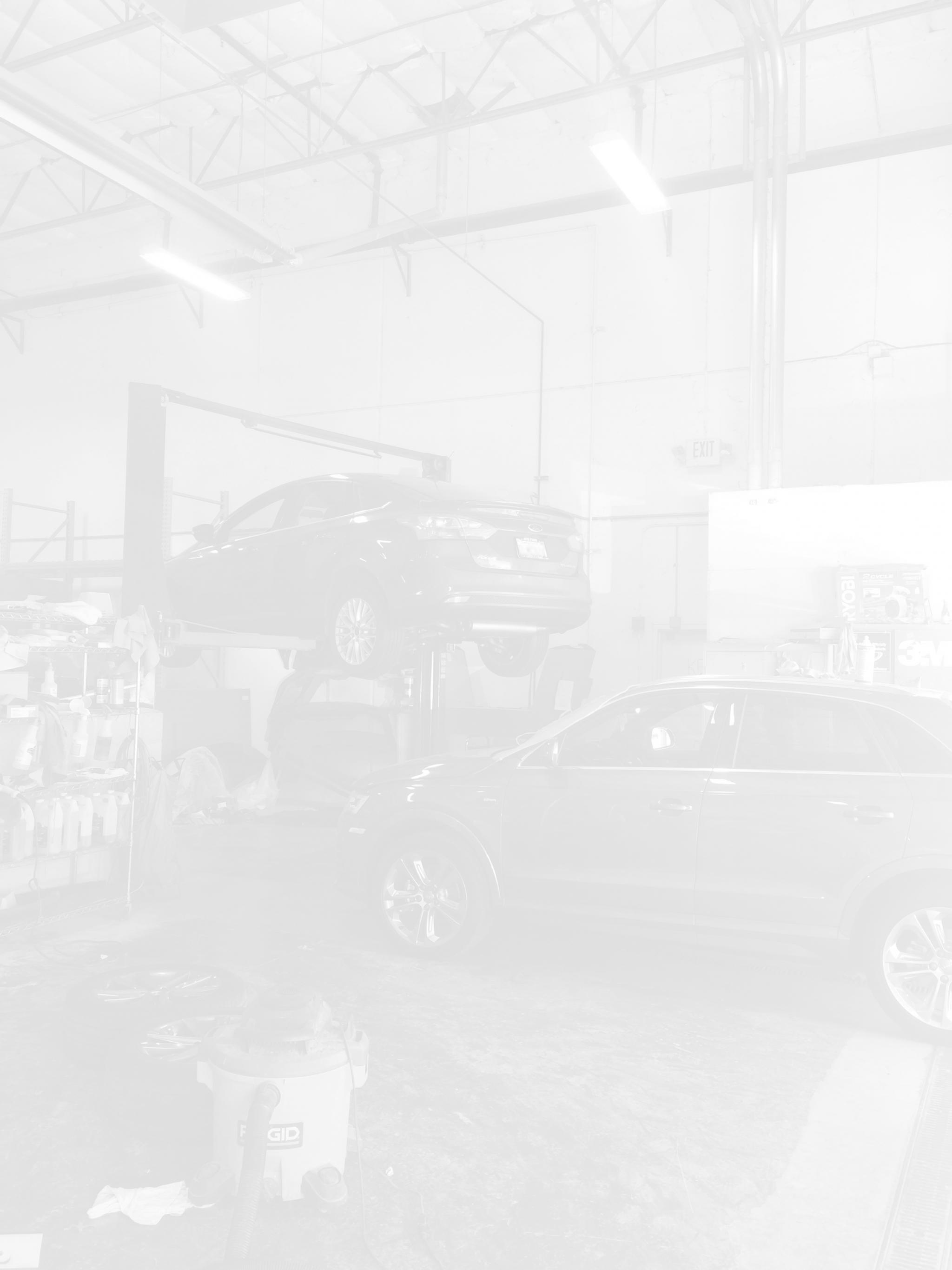Do Your Customers Understand the Difference between Maintenance and Repair?
How does your shop handle it when a customer declines regular maintenance procedures? It happens all the time. And it can be a tricky situation—you don’t want to do a “hard sell” and be viewed as pushing unnecessary work, but you want to help keep your customers’ vehicles in good shape. The Car Care Council’s 2015 vehicle inspection results show that your efforts are needed. The Council hosts vehicle inspections at community car care events across the country and the 2015 results showed that 84 percent of vehicles need service or parts, ranging from low fluid levels to hose or wiper blade replacements.

There are many reasons for a customer to decline maintenance. Maybe they can’t afford to do the work right now. Maybe they can’t be without their vehicle for more time. Or maybe they don’t understand why doing maintenance now can save money later by avoiding repairs.
Part of your job as a shop owner is to educate your customers. Not everyone has been wrenching for years—or even knows the difference between a spark plug and an oil cap. One of the ways you can secure loyal customers is to do good work, on time and on budget. Another way is to make sure your customers understand what it means when you talk about maintenance on their vehicle, what it means when you tell them repairs are needed, and the difference between the two.
There’s an easy way to explain the difference between maintenance and repair to a customer. According to Ken Feaster, a Service Standardization Manager at Jiffy Lube in Texas, “Maintenance is a procedure that will help prolong the life of the vehicle. Repair is when a part or fluid is not performing its intended function and you need to replace it.”
Maintenance procedures may cost a few dollars to a few hundred dollars, while repairs can run into the thousands of dollars. “It’s more economical to do maintenance,” says Feaster. “And you don’t want to be inconvenienced with a breakdown on your way to work or as you’re leaving on vacation.” In a nutshell: performing regular maintenance helps keep your car running smoothly and can prevent costly repairs.
Auto repair is your bread and butter, of course, so it may not seem like a big deal if customers put off maintenance that then results in a repair. But what if the customer doesn’t bring their vehicle to you to do the repair? If there is a perception that you are pushing unnecessary work, or that you didn’t tell them something should be done and it appears you missed it, they may find a new shop—and then you’ve lost both the regular maintenance income as well as possible repair income.
So what should you tell your customers? How can you encourage needed maintenance procedures without coming across as pushy and turning people off? As Feaster says, it’s about building trust and explaining why the customer should spend that money because of the benefit it brings their vehicle. You are the auto expert (though your customer may have a baseline knowledge about their vehicle) and you may find more success if you take an informative, educational approach. Try using phrases such as:
- “Regular maintenance is critical to ensure the safety of your car. If tires wear unevenly, they are more prone to damage and can cause an accident. We can check them today and see if any repairs are needed.”
- “Maintenance is important to ensure you have a reliable vehicle for hundreds of thousands of miles. Regular oil changes protect the engine and keep things running smoothly.”
- “We really encourage you to schedule this maintenance. I understand it can be challenging to figure out when to do it or how to pay for it. We can work with you on that because we want to be sure your car is safe, reliable and comfortable for you and your family.”
How should you share the information? Building trust and demonstrating transparency are important. Face-to-face interactions when a customer is in your shop are an easy way to share information. If you’re finding that isn’t successful—maybe the customer isn’t prepared to move forward with additional work, maybe they want to do some research or discuss it with a family member—don’t worry. There are many other ways to educate customers and build trust, including:
- Maintenance inspection lists with every vehicle handed to the customer at delivery. ALLDATA subscribers can find a wealth of maintenance and inspection checklists in ALLDATA Repair under the “Shop Operations” section. Click here to download a complimentary sample. Not a subscriber? Request a free trial?
- Customer emails tailored to seasons or monthly themes with suggested maintenance. Common maintenance areas include tire rotation, cooling system, transmission fluid service and oil change.
- ALLDATA Mobile makes it simple to show your customer what the OE-recommended maintenance schedule is, along with OE repair procedures and parts and labor information. Open the app, select the information and show the customer on your tablet.
- Phone calls or text messages to remind customers of recommended maintenance. Streamlined customer communication like this is one of the things ALLDATA’s Manage Online makes it simple to do, along with tracking vehicle service records.
- Banners, flyers, brochures or other handouts. These could:
- Offer seasonal reminders of regular maintenance that should be done before a season starts (brake and tire checks before winter driving, A/C check before summer driving)
- Include checklists of recommended maintenance, including service intervals
- Share the difference between maintenance and repair
- Offer customer stories showing the importance of maintenance
Feaster noted that, “Preventive maintenance is becoming more critical to the health of shops as the repair business continues to decline. Shops need to have a strategy in place to get their share of the maintenance market. Having a good preventive maintenance program and understanding how to explain the customer benefits of maintenance will be important for continued success.”
A vehicle is often a customer’s second most expensive possession, after their home. Help your customers understand why maintenance is so important to keep their investment in top shape—and be rewarded with loyal-for-life customers. Those customers will trust you to perform their regular maintenance, come to you when a repair is needed, and spread the word of your expertise and customer care.

Download the extensive checklist
Click on the icon to the right to open a new tab in your browser and view the checklist. In the upper right corner you will have the option to download the checklist to your own computer or simply print out the document for immediate use.
Want to see how ALLDATA can improve shop efficiency? Check out our suite of products, each designed to contribute to both shop efficiency and productivity.
If you would like to read more articles like this one please subscribe to ALLDATA News.







